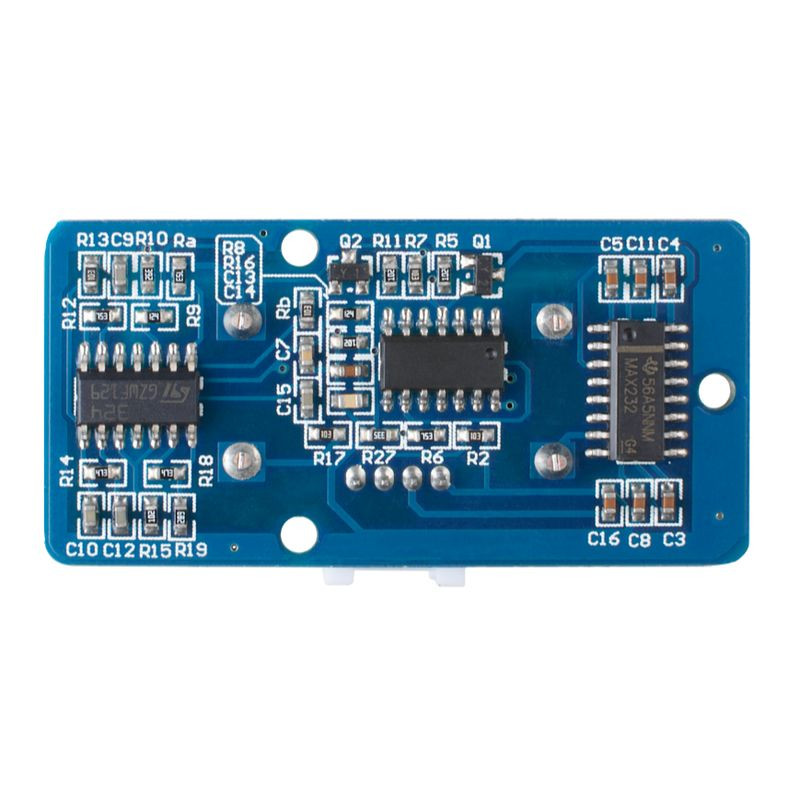



location_on 4131 Fraser St. Vancouver BC Get Directions
phone 604-875-1993 Call us
access_time Hours
| Monday - Friday | 9AM - 5:30PM |
| Saturday - Sunday & Holidays | Closed | See Holiday Hours |










This module has an ultrasonic transmitter and an ultrasonic receiver so you can consider it an ultrasonic transceiver. Familiar with sonar, when the 40KHz ultrasonic wave generated by the transmitter encounters the object, the sound wave will be emitted back, and the receiver can receive the reflected ultrasonic wave. It is only necessary to calculate the time from the transmission to the reception, and then multiply the speed of the sound in the air(340 m/s) to calculate the distance from the sensor to the object.
Features
How does the ultrasonic distance sensor work?
Here is a simple example of how an ultrasonic sensor works to measure distance:
Compared with traditional ultrasonic modules HC-SR04, the Grove - Ultrasonic Distance Sensor integrates a single-chip microcomputer, and the transmitting signal and the receiving signal share one pin by time-division multiplexing, so only one I/O pin is occupied. Another difference is that HC-SR04 only supports 5v voltage, while Grove - Ultrasonic Distance Sensor supports 5v and 3.3v. As we know, the Raspberry pi I/O only supports 3.3v. Therefore, Grove - Ultrasonic Distance Sensor can be directly connected to the I/O of the Raspberry Pi, but HC-SR04 needs to use a voltage conversion circuit.

Applications

